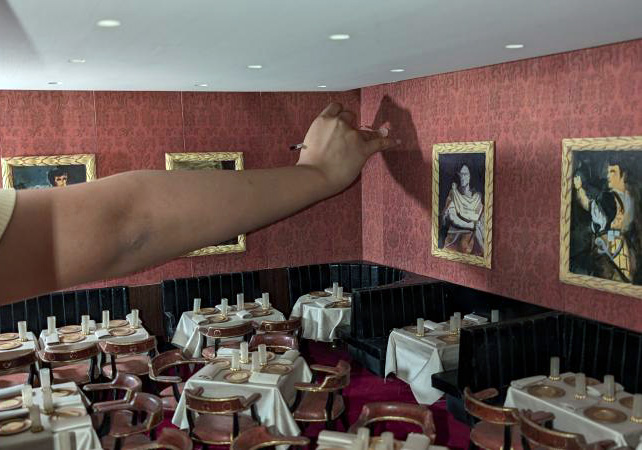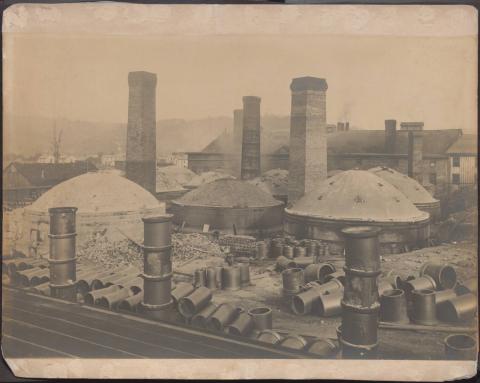
This week marks the 100th anniversary of the world's first intercontinental radio transmission. On September 29, 1915, a U.S. naval radio station in Arlington, Virginia initiated a transmission to another naval radio station on Mare Island in San Francisco, California, which then relayed to Honolulu, Hawaii.
The demonstration was a joint public-private venture coordinated through defense contracts with the American Telephone & Telegraph Co. (AT&T) and the Western Electric Co., using equipment installed at radio stations under Navy jurisdiction.



